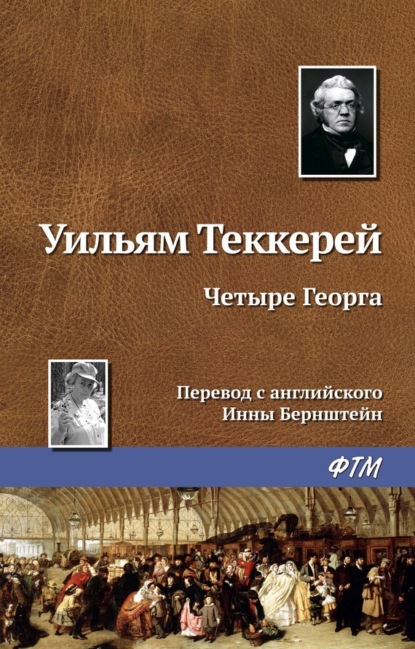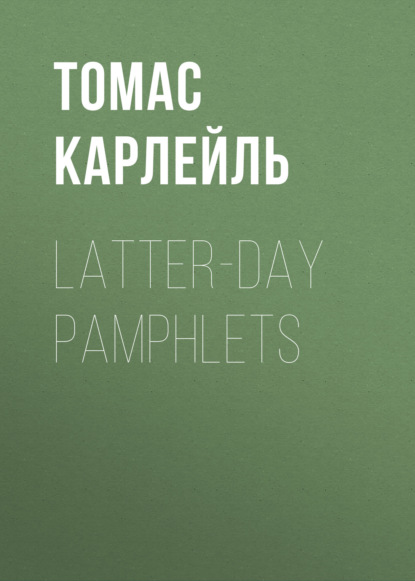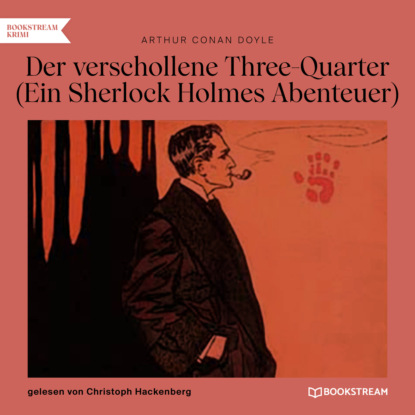The Allegory of the Cave by Plato is a philosophical work that was written in the Republic, a book written by the ancient Greek philosopher. It is a dialogue between Socrates and Glaucon in which Socrates compares the effects of education and lack thereof on human nature.
The Allegory of the cave is presented in the form of a metaphorical analogy between the sun and the divided line, which are both used to explain the relationship between knowledge and understanding. At the end of the book, Socrates describes a group of prisoners who have been chained to a wall and have never seen the light of day. These prisoners watch the shadows cast by people moving outside the cave, but they have no idea what is happening.
In Plato’s view, the prisoners are like those who have never been educated and do not understand the world around them. They believe that the shadows they see are real and that they are the only things that exist. However, when they are freed from their chains and allowed to see the real world, they realize how wrong they were.
This allegory shows that education is necessary for understanding the world and that knowledge is the key to understanding reality. Plato believed that knowledge was the only way to achieve true happiness and that education was the only path to wisdom.
The Allegory Of The Cave by Plato
Plato’s The Allegory of The Cave takes place within the Republic, where Socrates describes the people as being in prison and being able to perceive only the shadows that their bodies cast.
Socrates states that this is the life of the masses and those who suffer from ignorance. He explains how philosophy and knowledge can help these people break free from the shadows and true reality.
Through Plato’s analogy, we can see how the masses live their lives without understanding that they are in fact imprisoned by the falsehoods they see around them.
The Allegory provides a powerful way of understanding what it means to be free in the true sense, a concept that cannot be fully grasped until one has truly experienced it for oneself.
Аудиокнига «The Allegory of the Cave» написана автором Платон в году.
Минимальный возраст читателя: 12
Язык: Английский
Описание книги от Платон
The Allegory of the Cave, or Plato's Cave, was presented by the Greek philosopher Plato in his work Republic (514a–520a) to compare «the effect of education (παιδεία) and the lack of it on our nature». It is written as a dialogue between Plato's brother Glaucon and his mentor Socrates, narrated by the latter. The allegory is presented after the analogy of the sun (508b–509c) and the analogy of the divided line (509d–511e). All three are characterized in relation to dialectic at the end of Books VII and VIII (531d–534e). Plato has Socrates describe a group of people who have lived chained to the wall of a cave all of their lives, facing a blank wall. The people watch shadows projected on the wall from objects passing in front of a fire behind them, and give names to these shadows. The shadows are the prisoners' reality.



















